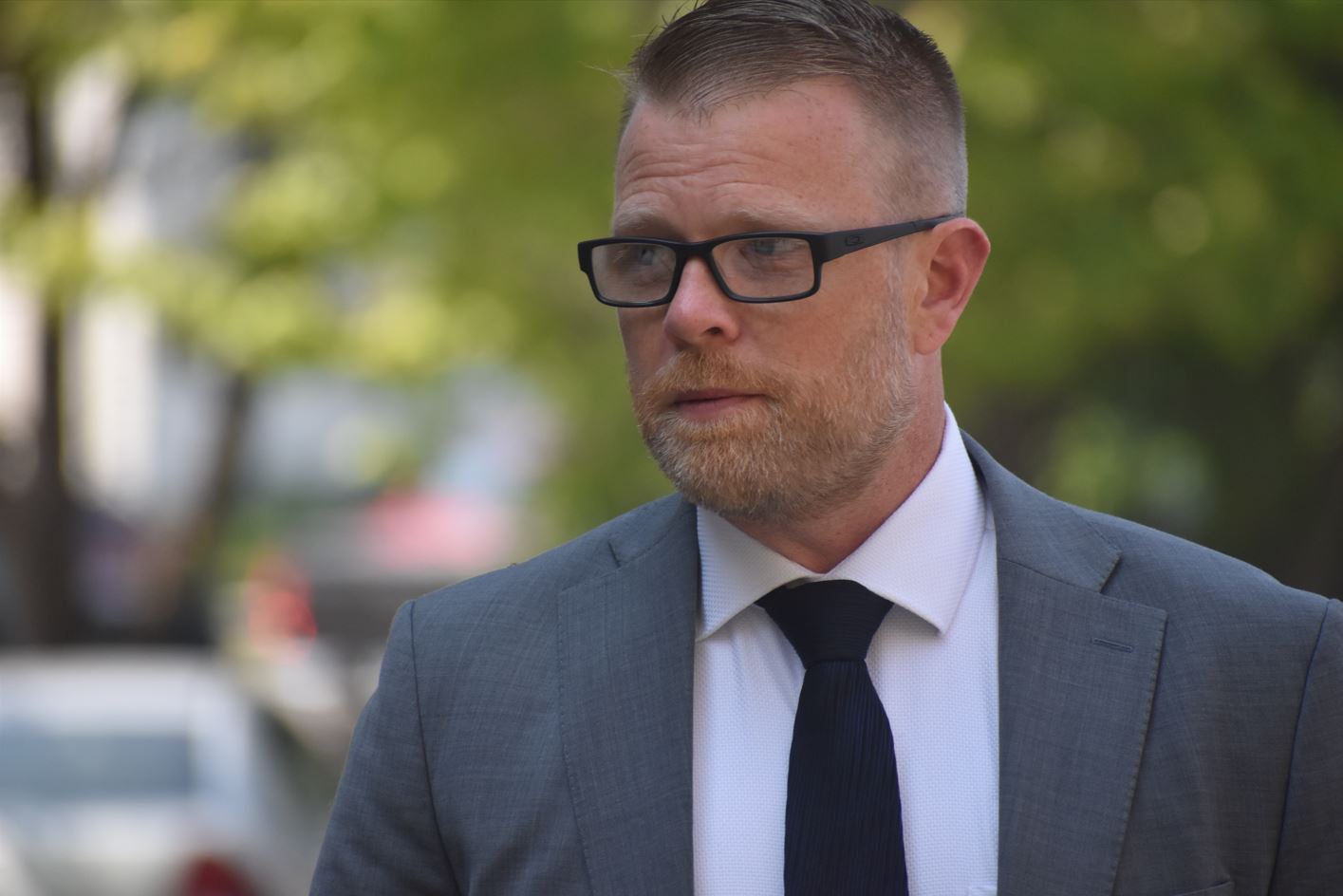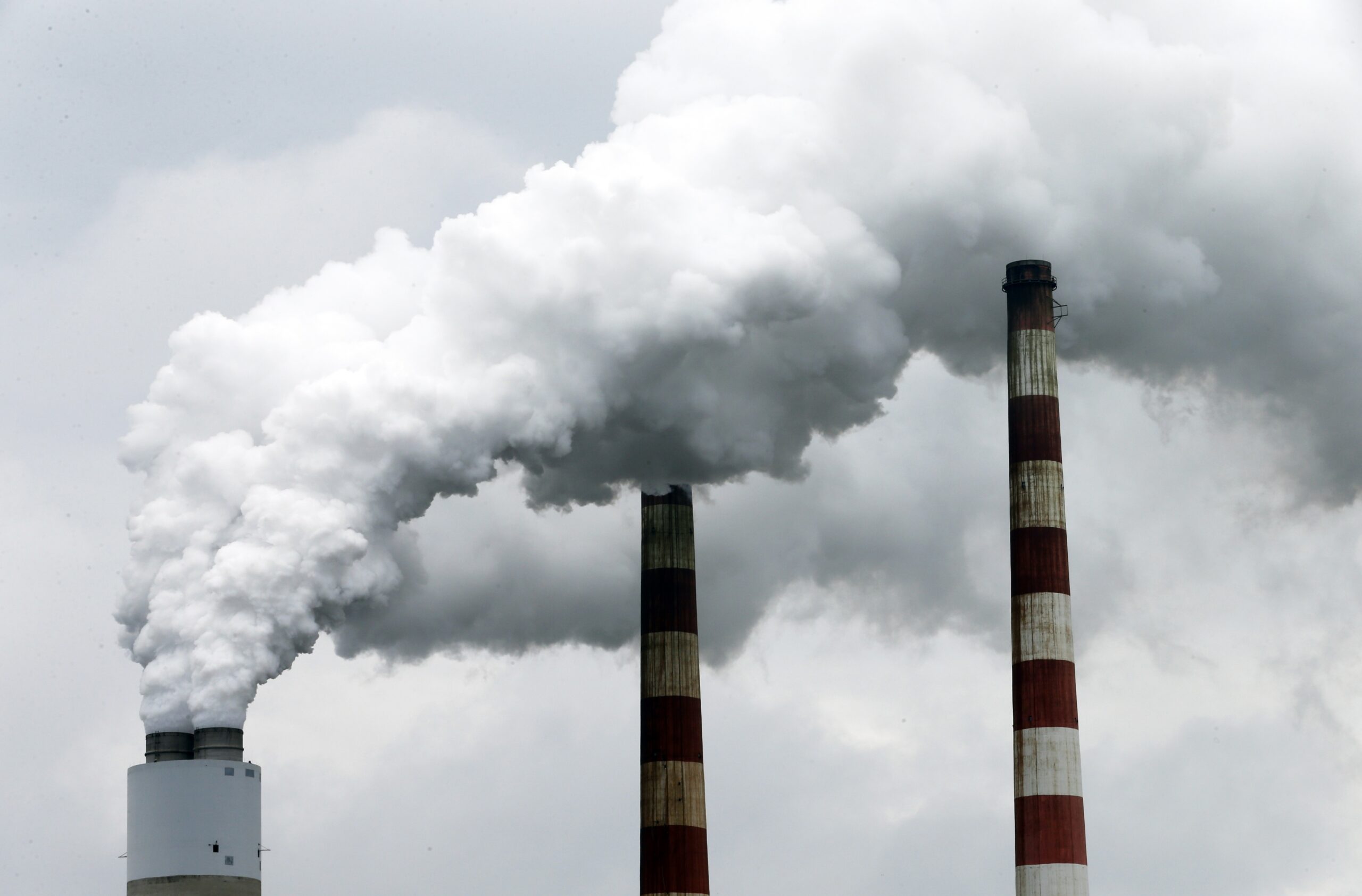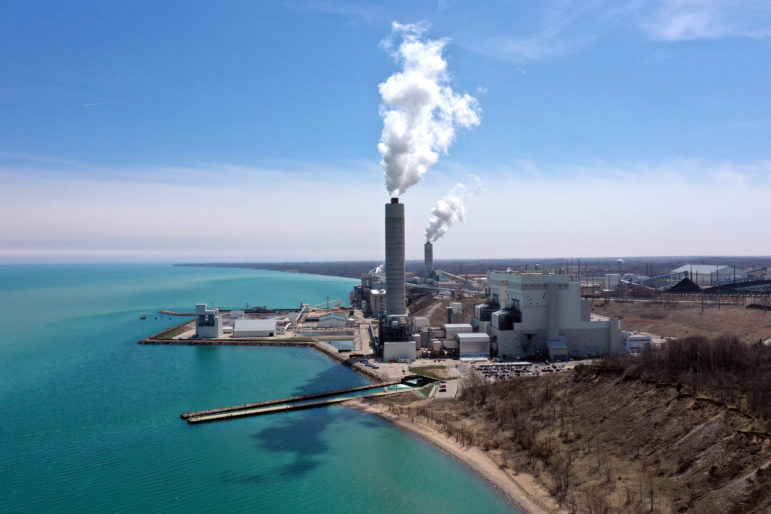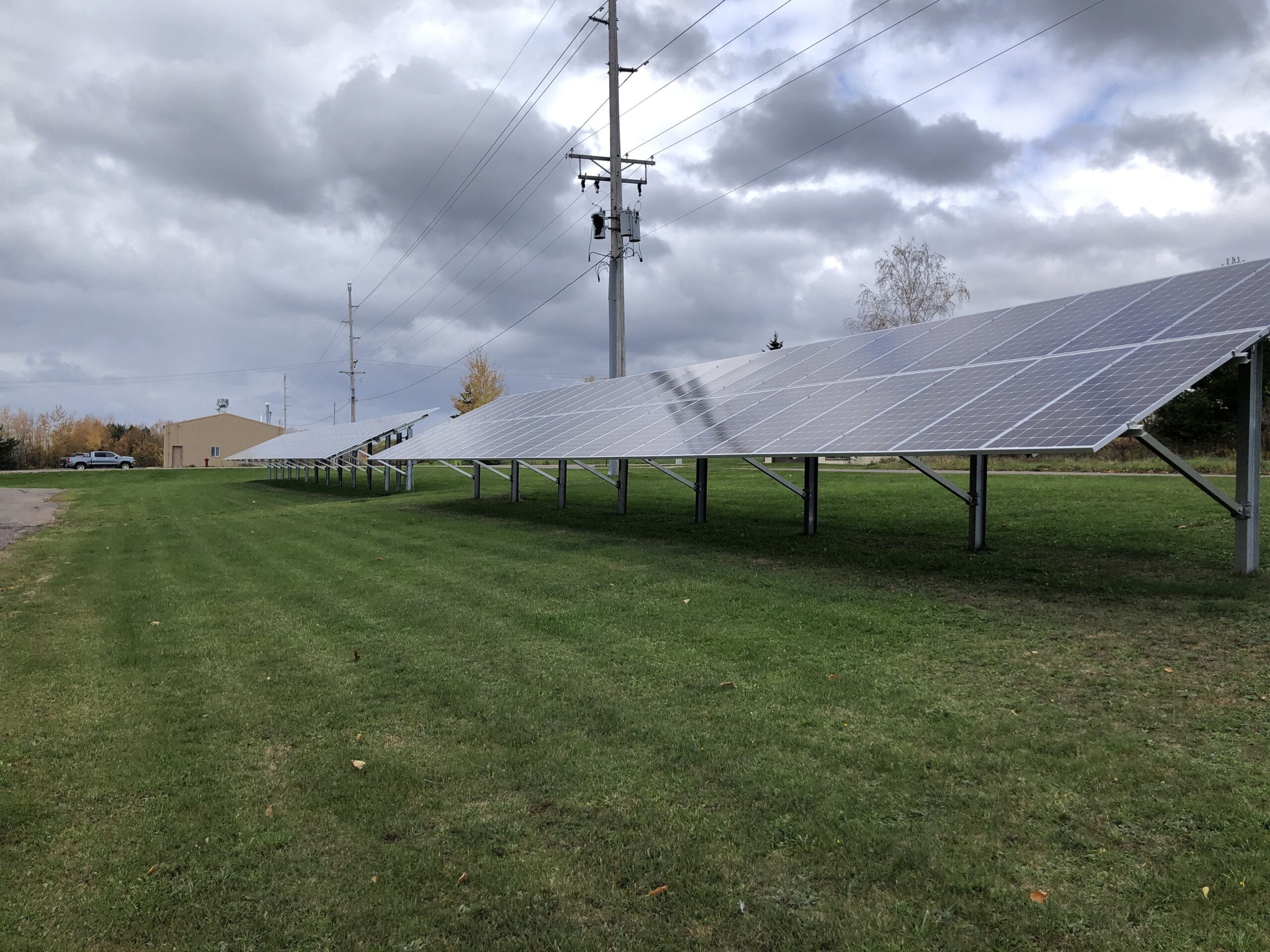Larry Meiller finds out how cows’ digestive microbes can be harnessed to create biofuels.
Featured in this Show
-
Cows’ Guts Could Contain New Tools For Producing Biofuel
A University of Wisconsin-Madison bacteriologist is working with the Great Lakes Bioenergy Research Center to research the potential of harnessing microbes inside cows’ digestive systems for biofuel production.
Garret Suen first became active in biofuels research as a post-doctoral student at UW-Madison. Upon becoming a faculty member with the school, he said he had to find an area of research to call his own.
“Wisconsin is famous for cows,” he said, “I like beef, I like milk and I love cheese. So, I thought, ‘How about exploring the microbes?’”
Microbes that live in the digestive tract of cows and other herbivores are vital for those animals’ survival, Suen said.
“An herbivore would not exist without their gut-associated microbes,” he said. “They do not have the capacity to break down the polysaccharides in the plants that they consume.”
The microbes do the work of breaking down the plant biomass, Suen explained, and ferment them into nutrients for the cow to absorb. It isn’t clear why, but genetically, herbivores do not have the capability to process their food without those symbiotic creatures. Each cow relies on an average of 1,000 different species of microbes in their digestive tract, Suen said.
Suen’s work in this area of research — known as rumen microbiology — looks at how to use those microbes to digest carbon and turn it into ethanol. He noted that such research could help tap into a surplus of biomass that is currently not being used as fuel in an ecologically sound way. That unused surplus includes things like plant stalks that are left over from harvest.
“We either throw them out, or fire them up as energy,” said Suen. “That’s a tremendous waste of carbon.”
Suen is working to isolate microbes that can break down that plant matter. He then plans to culture those microbes and increase their productivity. He likens the process to how cows are managed for human use.
“At the same time that we’ve domesticated the cow and pushed the cow towards increased milk production, increased fat production for beef … you need a microbial community that is now even better optimized for producing the energy requirements,” he said.
Suen, however, said that it’s a challenge to figure out which microbes break down which types of biomass. He said one microbe may only act on cellulose, but might also need a second microbe present to survive.
“Since these are all living in communities,” he said, “it can be hard to know which partners you’re interested in, and how you get them to grow together.”
Making things more complex is the fact that only some of those microbes can be studied in a lab environment, while others that can’t be cultured outside of animals remain something of a mystery. Moreover, species that rely on other microbes for survival cannot be studied in isolation, amounting to something of a jigsaw puzzle.
But while the work might be difficult, researchers are optimistic about its possibilities. John Greenler, the director of education for both the GLBRC and the Wisconsin Energy Institute (WEI), said that he finds this type of research and its potential very exciting.
“This is a great example of where basic research meets application to move forward in a sustainable energy future,” he said.
Greenler added that this type of research is especially exciting because it builds on systems that have existed for millennia in the animal world. He said that it asks an important question: “How we take what Mother Nature is already doing really well and utilize it for our own needs as well?’”
Episode Credits
- Larry Meiller Host
- Judith Siers-Poisson Producer
- John Greenler Guest
- Garret Suen Guest
Wisconsin Public Radio, © Copyright 2024, Board of Regents of the University of Wisconsin System and Wisconsin Educational Communications Board.




